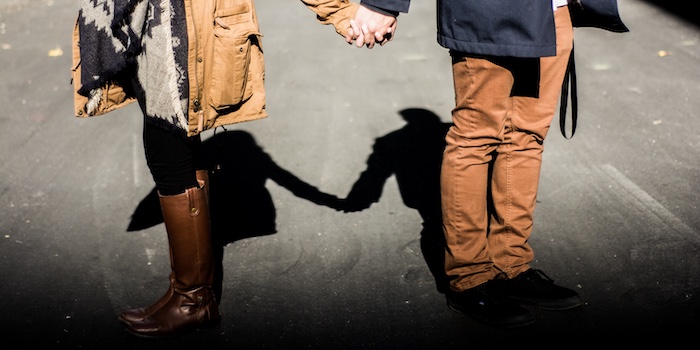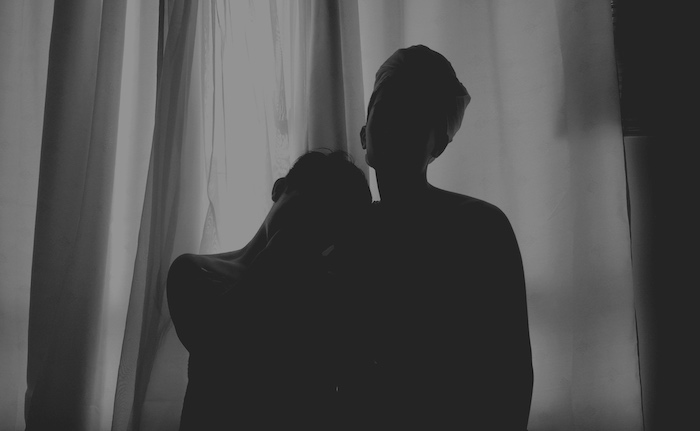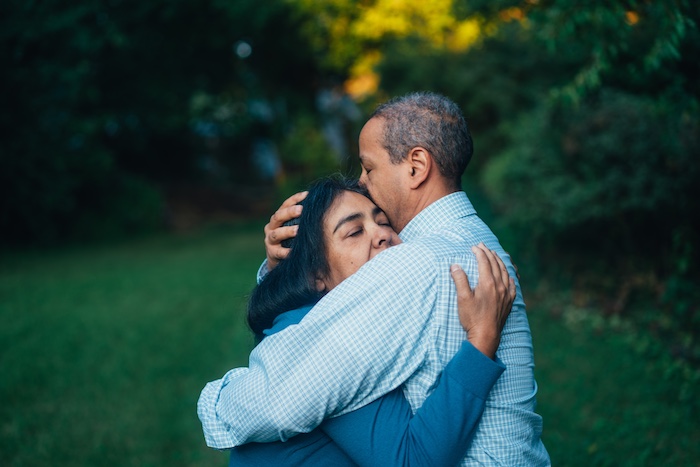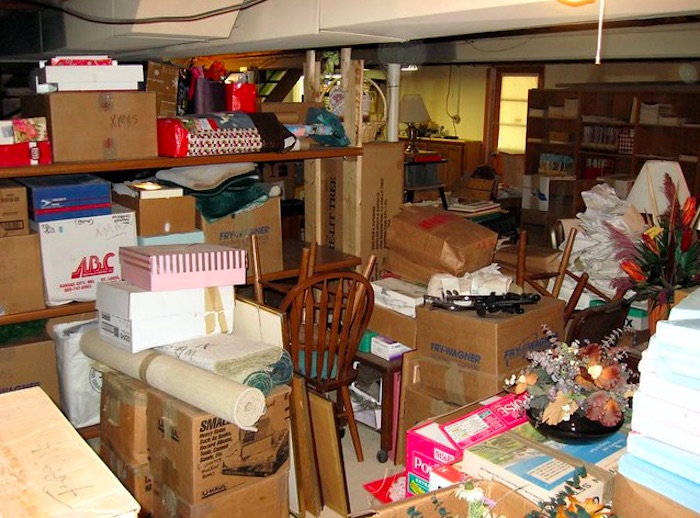
There are many reasons why people hoard. Some believe the possessions will be useful or valuable one day, they have sentimental value or are unique/irreplaceable to them. Regardless of the reason, being a packrat and being a hoarder are two different things.
When you’re in a relationship with a hoarder, the physical manifestation of their mental illness may cause problems since you have to live amongst all their clutter and garbage.
Is your significant other a hoarder? Could their hoarding behavior be causing serious damage to your relationship and is there anything you can do to help? Let’s find out.
Is Hoarding Damaging Your Relationship?
**Click to auto-scroll by section
What is Hoarding: Is It Really Just Clutter?
Hoarding is the compulsive buying, obtaining, searching, and saving of items that have very little to no value for those other than the hoarder.
The hoarding behavior often causes emotional, physical, social, financial, and even legal problems for the hoarder, their family members, and their loved ones.
Once considered an extreme form of obsessive-compulsive disorder (OCD), hoarding was classified as its own disorder in 2013. Hoarding disorder often accompanies other mental illness, including obsessive-compulsive personality disorder, obsessive-compulsive disorder, attention-deficit/hyperactivity disorder (ADHD), and Depression.
Whether you’ve been diagnosed with hoarding disorder, feel you may have a problem with clutter, or have been told by loved ones that they’re worried about your hoarding behavior, your relationship with your belongings is likely having a negative effect on your relationship.
Luckily, there is help for hoarding and repairing any damage it may have already caused to your relationship with your spouse or significant other.

What are the first signs of hoarding vs clutter?
Hoarders are different from collectors and those who are just cluttered or messy. A hoarder may collect items such as newspapers, magazines, junk mail, shopping bags, cardboard boxes, photographs, household supplies, food, clothing, and even garbage.
Those with a hoarding disorder may show some of these symptoms and behaviors:
- Keeping items for fear of needing them later
- Being socially isolated; not inviting others into home
- Not being able to make decisions about organizing possessions
- Having severe anxiety or panic about throwing away possessions
- Avoiding throwing anything away, including items normally considered trash
- Often checking the garbage to make sure an item was not accidentally thrown away
- Becoming agitated, suspicious, or hostile when other people touch their possessions
Other behaviors related to hoarding disorder are compulsive buying, not being able to pass up a bargain, constantly searching for unique or “perfect” items, or collecting anything free, such as junk mail, product samples, and furniture or other items discarded on the street.
❓If it’s more likely simply clutter piling up, perhaps a full-on property cleanout will help you both.

How Hoarding Affects Relationships
Hoarding behavior not only affects the hoarder but also affects loved ones, especially significant others such as the hoarder’s spouse, fiancé, partner, girlfriend, boyfriend, etc.
The significant other feels the negative effects of their partner’s hoarding behavior, and the hoarder’s relationship with their possessions impedes their relationship with their partner.
Especially for those who live together, the significant other can feel like the hoarder’s items are a “third wheel” in their relationship. They become jealous of the hoarder’s possessions and feel like they care more about the possessions than the partner and their relationship.
The significant other is stressed and upset by the mess, and it becomes easy for them to blame the hoarder. The hoarder doesn’t hoard because they love their partner any less, but the significant other believes that the hoarder is sabotaging the relationship.
There may be frequent fighting and disputes over all the “junk” in the house or cleaning up the mess, as well as a constant battle for attention and stability in the relationship.
At this point, the significant other would enjoy nothing more than to take a bulldozer to all the mountains of the hoarder’s possessions so they can finally have their space back.
In some cases, a similar scenario has happened, but the distress it caused for the hoarder was devastating and only caused further damage to the relationship and the hoarder’s condition.

How to Talk To a Hoarder?
What the significant other may not understand is that the hoarder wants to do something about the mess, but they don’t know how to start. Whether they’re aware of their disorder or not, here are a few dos and don’ts for how to talk to a loved one with a hoarding disorder:
Dos:
- Learn about hoarding disorders
- Listen and validate their feelings
- Focus on them, not the posessions
- Talk about reasonable expectations
- Acknowledge small wins as big steps
- Volunteer to help clean up with them
- Encourage them to get professional help
Don’ts:
- Throw out stuff without their permission
- Clean up after them or everything yourself
- Expect improvements to happen overnight
- Judge for developing the disorder, setbacks, or at all
- Add to the stress by pressuring them for immediate change
- Enable by giving clutter gifts or participating in known triggers

Getting Help for Hoarding
It’s important for the hoarder and their partner to work together to overcome the disorder and the problems it causes. Working through it will be difficult and can’t be fixed in a day or two, but it is possible to overcome hoarding disorder and form a healthy, stronger relationship.
If the hoarder does not get help, continued unlivable conditions and tension can lead to a breakup, separation, or even divorce. However, treatment for hoarding disorder is available from mental health professionals, who can also help the partner and the relationship itself.
How to Help When Dating a Hoarder
While the significant other might want to “help” their hoarding partner by indiscriminately throwing everything away all at once, this does not solve the problem and will likely make the hoarding disorder even worse.
Hoarding needs to be treated by a psychiatrist and medications are often prescribed, as well as cognitive behavioral therapy and other types of treatment. Getting professional help is essential to recovery, but the hoarder can’t make any real progress until they are ready and willing to make changes in their behavior.
The first step in recovery for someone with hoarding disorder is to seek help from a mental health professional who specializes in the treatment of hoarding and other related disorders.

Tips to Control Clutter and Stop Hoarding
To help diagnose hoarding disorder, a mental health professional will first do a psychological evaluation. The professional will ask you some questions about your feelings and behavior, ask to speak with family and friends, and may also ask for photos of the living areas affected.
Because it is a chronic condition, hoarding disorder can be difficult to treat. One common treatment option is psychotherapy, particularly Cognitive Behavioral Therapy, in which a patient learns to make decisions about objects and confront the emotions felt about them.
Undergoing treatment for hoarding disorder is hard work, and setbacks over time are likely, but with continued treatment and support from loved ones, hoarding can be overcome.
If you or someone you know has a problem with hoarding, or if you’re interested in learning more about the disorder, check out the International OCD Foundation.
If you have non-hazardous clutter or bulky waste items you’d like to get rid of in a fast, easy, and affordable way, using junk removal services can simplify the process for you both.
Need professional help cleaning up?BOOK ONLINE ❯
Related Articles from the Trash Talk Blog:

